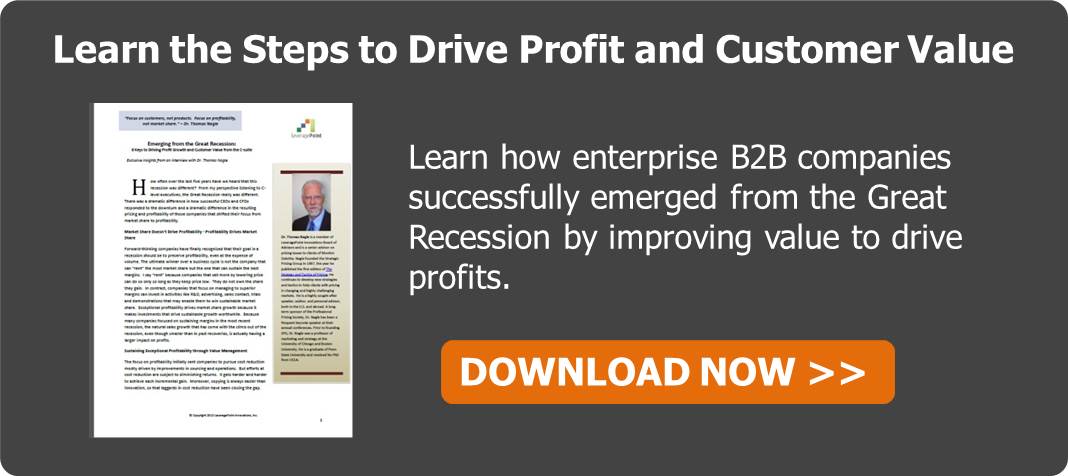Whenever B2B enterprises build new functionality into products they should seek to improve overall customer success metrics. To more fully understand how improvements impact customers, enterprises need to have a good set of customer success metrics and an established baseline to compare results against.
Customer Success Metrics Vs Vanity Metrics

So what is a customer success metric? Before we answer the question, firstly ask yourself, does the metric help you make decisions? When you see the metric, do you know what you need to do? If you don’t, you’re probably looking at a vanity metric. Vanity metrics are all those data points that make us feel good if they go up but don’t help us make decisions.
As an example, consider a metric that is easily available in Google Analytics – average time using product (time on site). An increase in this time makes us feel good. Our users are using our product more and this must be a good thing. Well actually, no. It does not tell us this. Assume you make a product change and the average time in the product jumps 20%. All this tells us is that they are spending longer in the product. This could be a good thing, or the customer may now be taking 20% longer to complete a task. This is not a good thing. They may even be getting frustrated and giving up and not even completing the task. Typical vanity metrics may include metrics such as page views, visitor counts and time on site.
So what is a Customer Success Metric?
Customer success metrics need to fulfill the following criteria:
- Actionable: Does it help you take action and make decisions?
- Maps to customer success: Consider what the user is trying to do.
- Is there a metric we can track that gives us insight into whether they achieved it and how well?
- Does the profile of a successful customer have significantly different measurements for the metric than that of a not so successful customer or average user?
An example of a customer success metric is the percentage of users who complete a key workflow. Without completing this workflow, your users will fail. For example, for an email marketing tool, this would be a customer sending their first email campaign. If a change had caused this metric to drop then it would be considered to be a bad change and should be immediately rolled back to rectify the change. An increase means more customers are successfully using the product.
Other Common Customer Success Metrics
- Do users come back as often as they need to get reasonable value from your product? Set a goal based on your assumption of how often a satisfied customer will use your product.
- Expansion Sales – Successful customers grow and will require more seats. Keep in mind that this is a longer term metric and hard to see the impact immediately.
- Customer Lifetime Value – How much value can you get from a customer over their lifetime. Customers are willing to pay more for higher value products.
- Customer Health – This could be how often a customer uses your software, or how satisfied they are with your software.
In order for your entire team to make informed decisions, you need to make sure the metric is clearly understood by, and available to, everyone in the company. Also, metrics should be about your customers and framed as such. Finally, your data needs to be accurate. You need to be able to trust it and check the story it is telling you matches the real world.
Putting It All Together
Once you have the metrics defined that best represent Customer Success, you can measure the effectiveness of your new functionality and see if it really improved customer success, therefore increasing value to the customer. You can then iteratively develop more functionality fast or refine existing functionality to improve the metrics. By emphasizing speed of development and measuring the impact of the changes you will rapidly focus in on the best solution for your customer.
About the Author:
Neil Davies is VP, Engineering at LeveragePoint. Previously, he was an Engineering Manager at Monitor Group and Logica CMG in London. He is the architect of the LeveragePoint platform, and a passionate advocate of Cloud Computing, Semantic Technologies and open-source projects. Mr. Davies holds a BS in Computer Science from the University of Nottingham.



